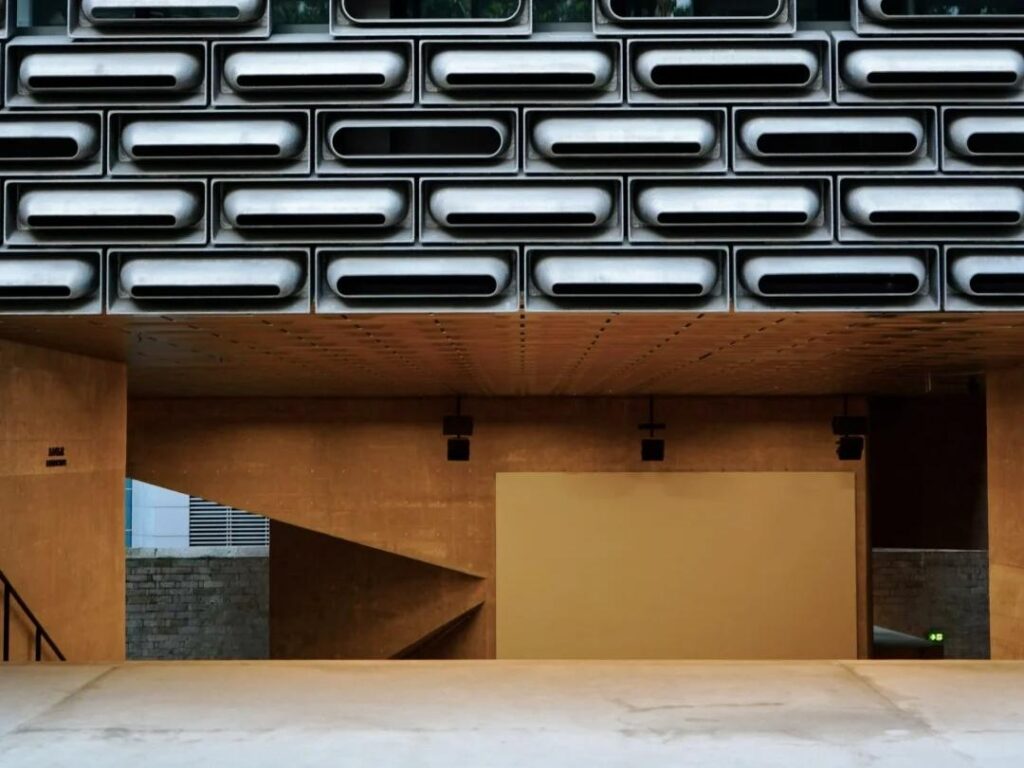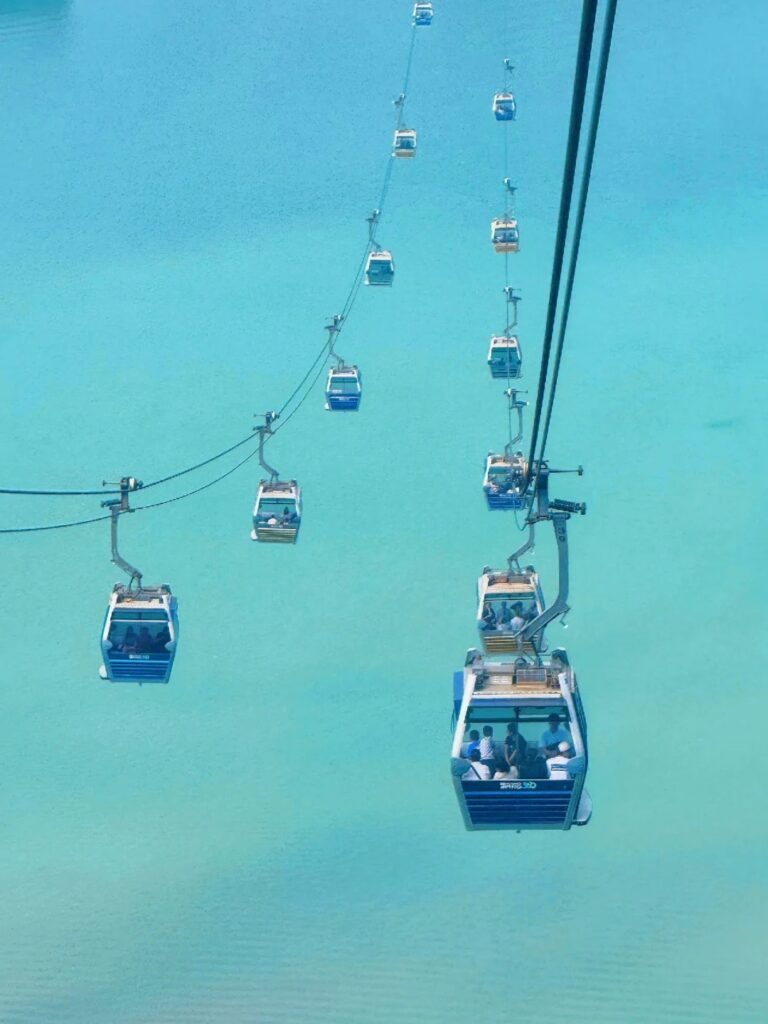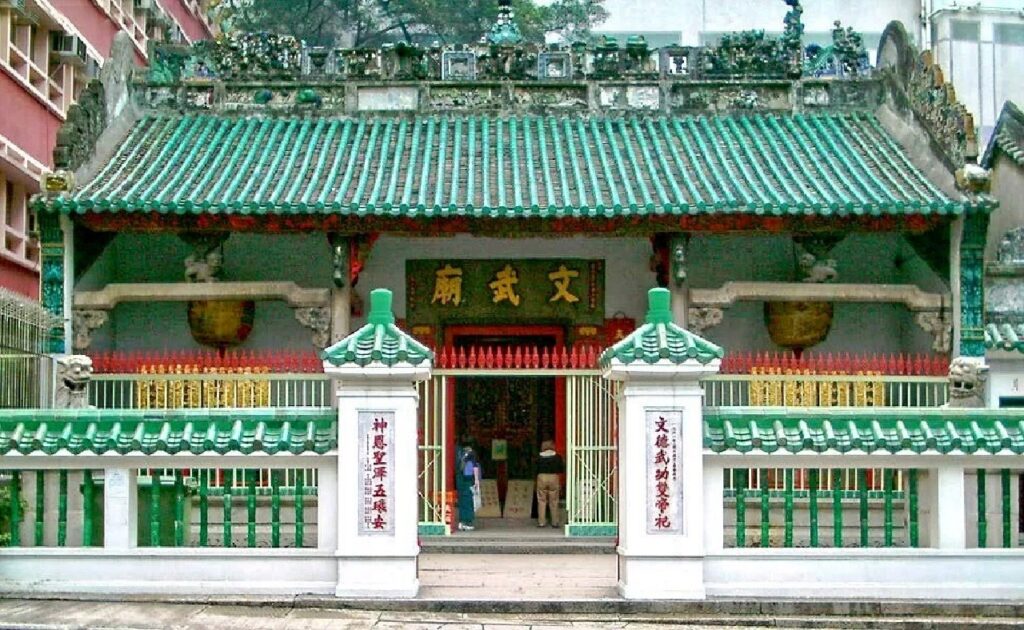Visiting Information
| Information | Details |
|---|---|
| Chinese Name | 浅水湾 (Qiǎn Shuǐ Wān) |
| Location and Address | Repulse Bay Road, Southern District, Hong Kong Island, Hong Kong |
| Opening Time/Hours | Open 24 hours (beach and public areas) |
| Entrance Fee | Free |
| How to Get There | By Bus: Take bus 6, 6X, 260, or 973 from Central By Taxi: About 20-30 minutes from Central (No direct MTR access) |
| Best Time for Visit | April to November for beach activities; year-round for scenery |
| Contact Info | Hong Kong Tourism Board Hotline: +852 2508 1234 Email: [email protected] |
Overview
Repulse Bay, known as Qian Shui Wan in Chinese, is a picturesque coastal area located on the southern shore of Hong Kong Island. Renowned for its crescent-shaped beach with soft golden sand and clear blue waters, it is one of Hong Kong’s most popular and beautiful beaches. The bay offers a perfect blend of natural beauty and urban sophistication, attracting both locals and tourists seeking a respite from the bustling city life. Surrounded by luxurious residential developments and upscale amenities, Repulse Bay provides a unique glimpse into Hong Kong’s high-end lifestyle while offering a relaxing beach experience.
Historical Background
The history of Repulse Bay dates back to the colonial era of Hong Kong. Its English name is believed to have originated from the 19th century when the bay was used by pirates and smugglers. In 1841, the British Royal Navy repulsed these pirates in the area, leading to its name “Repulse Bay.” Despite its tumultuous beginnings, the bay was transformed into a fashionable beach destination by the 1910s. The Repulse Bay Hotel, built in 1920, became a symbol of colonial elegance and a popular retreat for wealthy residents and visitors. During World War II, the area suffered significant damage but was rebuilt and redeveloped in the post-war period. Throughout the 20th century, Repulse Bay evolved into an exclusive residential area and a beloved recreational spot, maintaining its status as one of Hong Kong’s most prestigious locations.

Architectural Features
- The Repulse Bay Complex: This iconic structure, built on the former site of the Repulse Bay Hotel, is a distinctive feature of the bay’s skyline. Its most notable characteristic is the large square opening in the center of the building, designed according to feng shui principles to allow dragons to fly from the mountains to the sea. The complex houses luxury apartments, shops, and restaurants, blending modern architecture with traditional Chinese design elements.
- Kwun Yam Shrine: Located at the eastern end of the beach, this colorful Taoist temple is dedicated to Kwun Yam, the Goddess of Mercy. The shrine features traditional Chinese architecture with ornate details, vibrant colors, and intricate statues. It’s not only a place of worship but also a popular spot for visitors to admire the architectural beauty and cultural significance.
- Tin Hau Temple: Situated near the Kwun Yam Shrine, this temple is dedicated to Tin Hau, the Goddess of the Sea. The temple showcases classic Chinese temple architecture with its distinctive roof, red pillars, and decorative elements. It serves as both a religious site and a testament to Hong Kong’s maritime heritage.
- Longevity Bridge: This short, bright red bridge near the Kwun Yam Shrine is believed to add three days to one’s life each time it is crossed. Its vibrant color and traditional design make it a popular photo spot and a unique architectural element along the beachfront.
Cultural Importance
Repulse Bay holds significant cultural importance in Hong Kong, blending traditional Chinese beliefs with modern coastal living. The presence of Kwun Yam and Tin Hau temples reflects the enduring influence of Chinese folk religion and the area’s connection to maritime culture. These temples, along with the Longevity Bridge, attract worshippers and tourists alike, especially during festivals and celebrations. The bay also symbolizes Hong Kong’s transformation from a colonial outpost to a modern, cosmopolitan city. Its development from a pirate haven to an exclusive residential area mirrors Hong Kong’s own journey. The area has been featured in numerous films and literature, cementing its place in popular culture. Moreover, Repulse Bay represents the harmonious coexistence of nature and urban development in Hong Kong, showcasing how the city balances its natural beauty with modern amenities. As one of the most prestigious addresses in Hong Kong, it also reflects the aspirational lifestyle and economic success that many associate with the city.
Surrounding Attractions
- Deep Water Bay: Located just west of Repulse Bay, Deep Water Bay is another beautiful beach known for its tranquil atmosphere. It’s popular among joggers and water sports enthusiasts, offering a more laid-back alternative to Repulse Bay. The beach features barbecue pits and is a favorite spot for families and friends to gather for outdoor cooking and picnics. The nearby Deep Water Bay Golf Club adds to the area’s recreational options.
- Ocean Park: About a 10-minute drive from Repulse Bay, Ocean Park is one of Hong Kong’s most popular theme parks. It combines animal exhibits, educational presentations, and thrilling rides. The park is divided into two main areas connected by a cable car, offering stunning views of the South China Sea. Attractions include roller coasters, a giant panda habitat, and an aquarium, making it a perfect day trip destination for families and thrill-seekers alike.
- Stanley: A short drive east of Repulse Bay, Stanley is a charming seaside village known for its markets, beaches, and relaxed atmosphere. The Stanley Market is famous for its wide array of souvenirs, clothing, and handicrafts. Murray House, a Victorian-era building relocated from Central, now houses restaurants with sea views. Stanley also features a Tin Hau Temple and a small beach, offering a blend of shopping, dining, and leisure activities.
- Tai Tam Country Park: Located to the east of Repulse Bay, Tai Tam Country Park offers a stark contrast to the beach scene with its lush hiking trails and reservoirs. The park is home to several historical sites, including the Tai Tam Waterworks Heritage Trail, which showcases Hong Kong’s early 20th-century waterworks architecture. It’s an excellent spot for nature lovers and hikers, providing scenic walks and a chance to explore Hong Kong’s natural beauty.
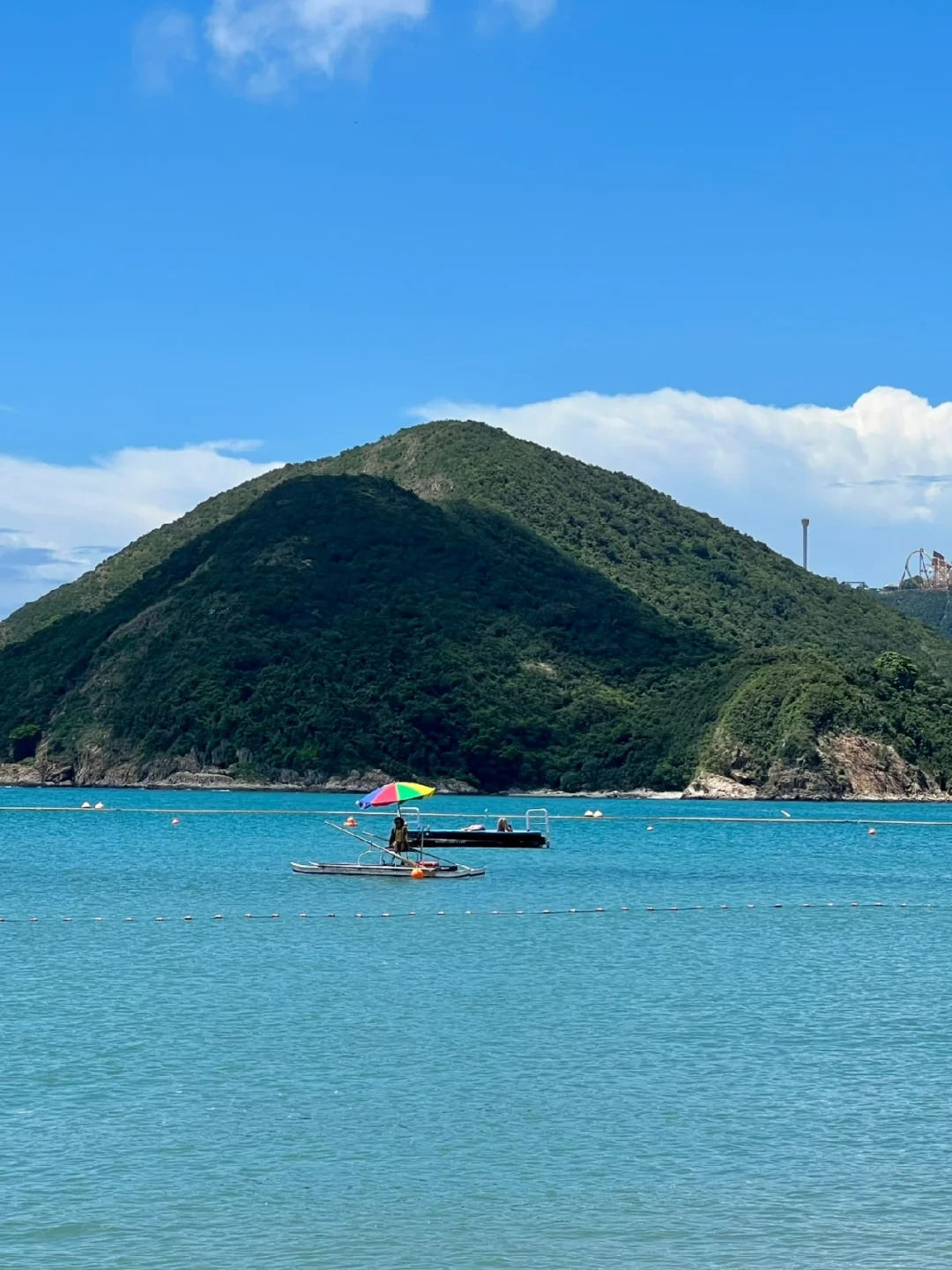
Photography Opportunities
- Repulse Bay Beach Panorama: The crescent-shaped beach of Repulse Bay offers a stunning panoramic view that’s perfect for landscape photography. The contrast between the golden sand, blue waters, and the surrounding green hills creates a picturesque scene. Photographers can capture the essence of Hong Kong’s coastal beauty, especially during sunrise or sunset when the light casts a warm glow over the bay. The view from either end of the beach allows for compositions that include both the natural landscape and the modern buildings in the background.
- Kwun Yam Shrine and Statues: The colorful Kwun Yam Shrine and its surrounding statues provide excellent opportunities for cultural and architectural photography. The ornate details of the shrine, the vibrant colors, and the large statues of deities offer interesting subjects for close-up shots and wider compositions. The juxtaposition of these traditional elements against the backdrop of the sea creates visually striking images that capture the blend of culture and nature in Hong Kong.
- The Repulse Bay Complex: This iconic building with its distinctive hole in the center is a favorite subject for architectural photographers. The unique design allows for creative compositions, especially when framing the sky or sea through the building’s opening. Photographers can capture this architectural marvel from various angles, including from the beach or nearby vantage points, to showcase its imposing presence and the way it interacts with its surroundings.
- Longevity Bridge and Tin Hau Temple: The bright red Longevity Bridge and the nearby Tin Hau Temple offer excellent opportunities for capturing traditional Chinese architectural elements. The bridge’s vibrant color contrasts beautifully with the natural surroundings, making it an ideal subject for both color and composition studies. The Tin Hau Temple, with its classic design, provides a glimpse into Hong Kong’s religious architecture and can be photographed in various lights to highlight its details and cultural significance.
Modern Importance
- Recreational Hub: Repulse Bay serves as a crucial recreational area for Hong Kong residents and tourists alike. In a city known for its dense urban environment, the bay offers a much-needed escape to nature. Its clean beach and clear waters provide opportunities for swimming, sunbathing, and water sports, contributing significantly to the quality of life in Hong Kong. The bay’s popularity highlights the importance of accessible natural spaces in modern urban planning and their role in promoting physical and mental well-being.
- Real Estate and Economic Impact: Repulse Bay is one of Hong Kong’s most prestigious residential areas, home to some of the most expensive real estate in the world. The luxury apartments and houses in the area are highly sought after, contributing significantly to Hong Kong’s property market. The high-end retail and dining establishments in the area also play a role in the local economy, attracting both residents and tourists. The bay’s status as a prime location reflects and influences Hong Kong’s position as a global financial center and luxury destination.
- Tourism and Cultural Exchange: As one of Hong Kong’s most famous beaches, Repulse Bay plays a vital role in the city’s tourism industry. It offers visitors a unique blend of natural beauty, luxury, and traditional Chinese culture, showcasing different facets of Hong Kong’s identity. The bay attracts international tourists, contributing to cultural exchange and enhancing Hong Kong’s image as a diverse and attractive destination. Events and festivals held in the area, particularly at the temples, also serve to preserve and promote local traditions.
- Environmental Awareness: In recent years, Repulse Bay has become a focal point for environmental conservation efforts in Hong Kong. The need to maintain the beach’s cleanliness and protect its marine environment has raised awareness about issues such as pollution, waste management, and sustainable urban development. Various initiatives and community programs focused on beach clean-ups and environmental education use Repulse Bay as a platform, highlighting the modern importance of balancing urban development with environmental preservation.
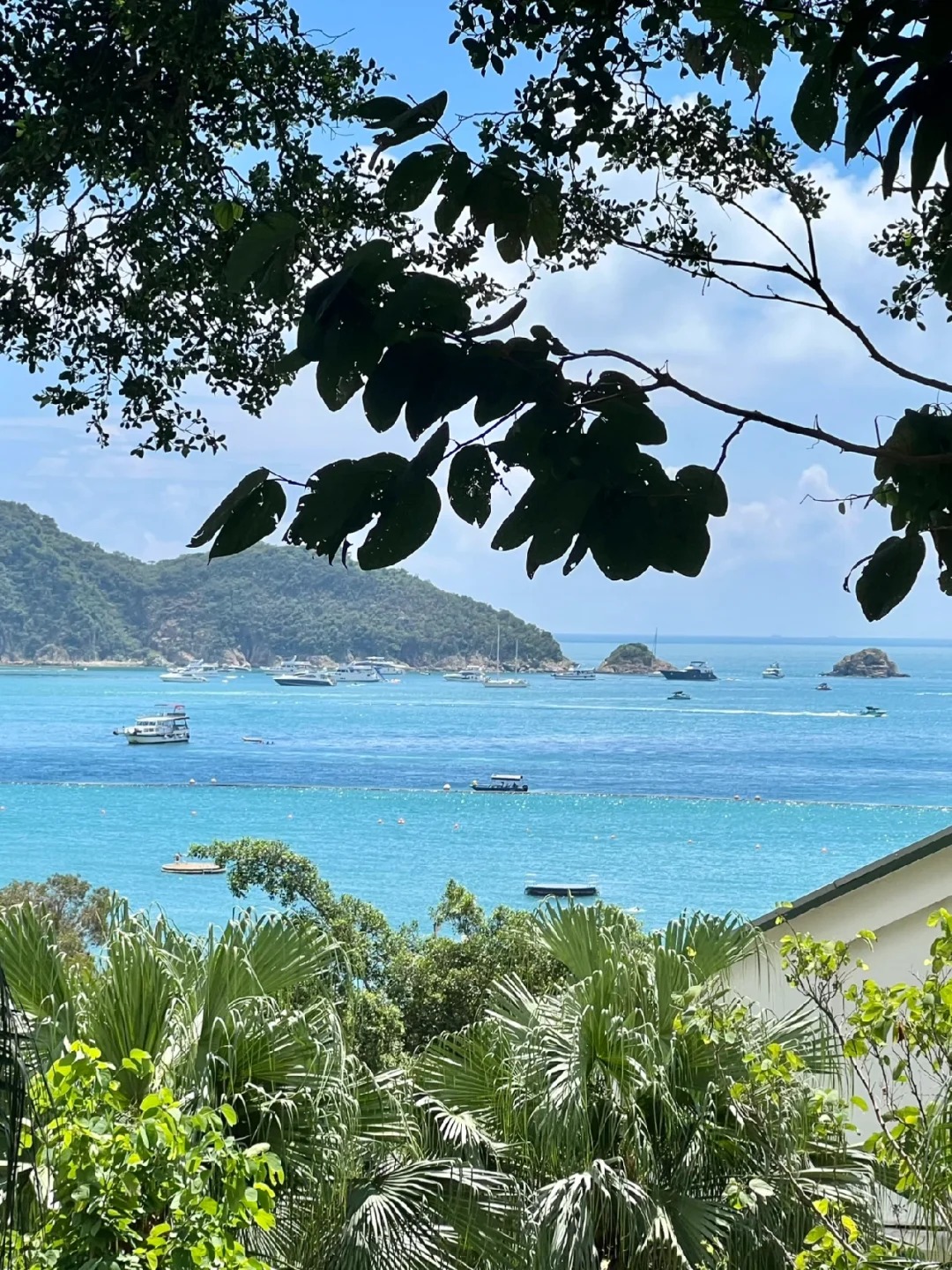
FAQ
- What is Repulse Bay famous for?
Repulse Bay is famous for its beautiful crescent-shaped beach with golden sand and clear waters, luxury residential areas, and blend of modern amenities with traditional Chinese elements like the Kwun Yam Shrine and Tin Hau Temple. - What’s inside Repulse Bay?
Repulse Bay features:
1. A large sandy beach
2. The iconic Repulse Bay Complex with shops and restaurants
3. Kwun Yam Shrine and Tin Hau Temple
4. Longevity Bridge
5. Luxury residential buildings
6. Beachfront promenade
7. Various restaurants and cafes - Is Repulse Bay free?
Yes, access to Repulse Bay and its beach is free for the public. - Is Repulse Bay worth visiting?
Yes, Repulse Bay is worth visiting for its beautiful beach, scenic views, cultural sites, and as a representation of Hong Kong’s blend of natural beauty and urban sophistication. It offers a relaxing escape from the city and opportunities for swimming, sunbathing, and exploring local culture. - What to do in Repulse Bay?
At Repulse Bay, you can:
1. Relax on the beach and swim
2. Visit Kwun Yam Shrine and Tin Hau Temple
3. Cross the Longevity Bridge
4. Dine at beachfront restaurants
5. Shop at nearby luxury stores
6. Take scenic walks along the promenade
7. Enjoy water sports (seasonally available)
8. Take photographs of the beautiful scenery
9. Explore the surrounding area, including nearby beaches - How do I get to Repulse Bay in the local city?
To get to Repulse Bay from central Hong Kong:
1. By Bus: Take bus 6, 6X, 260, or 973 from Central Exchange Square bus terminus.
2. By Taxi: A 20-30 minute ride from Central.
3. By Car: Drive along the winding and scenic Repulse Bay Road.
Note: There is no direct MTR (subway) access to Repulse Bay. - How to visit Repulse Bay?
To visit Repulse Bay:
1. Plan your trip using public transport or taxi
2. Bring beach essentials if you plan to swim or sunbathe
3. Visit early morning for a quieter experience or afternoon for a livelier atmosphere
4. Explore the beach, temples, and surrounding areas
5. Consider dining at one of the beachfront restaurants
6. Respect the environment and local customs
7. Be prepared for crowds on weekends and holidays
8. Check weather conditions beforehand, especially during typhoon season
9. Bring sun protection as the beach offers limited shade



